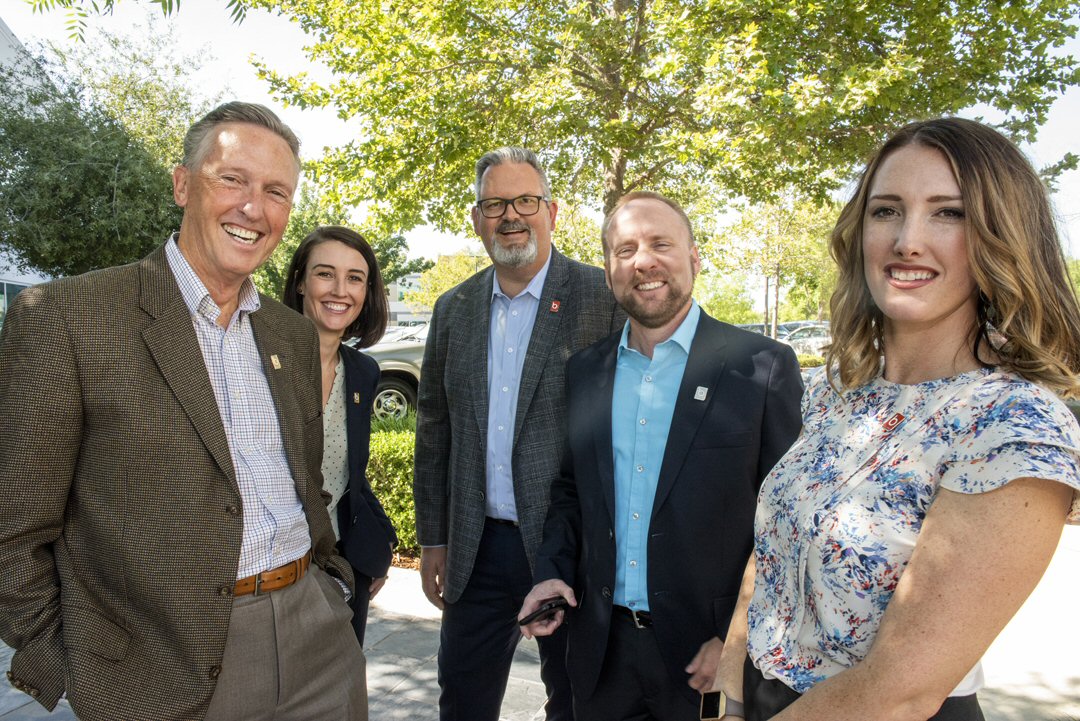GLATFELTER BUILDS ON PIONEER’S SUCCESSES
Flagship program celebrates 50th anniversary as group charts course under new ownership
By Dave Willis, CPIA
Art Glatfelter served in the U.S. Marine Corps during World War II and, like many he served alongside, when he returned state-side he had no career plans. Not long after his return, a solicitor role opened with a local insurance agency. Art was fond of interacting with people and enjoyed sales, so he took the job. After doing it for a year or so, he concluded he could open his own shop.
“In 1951, he started an agency of one,” explains Tony Campisi, president of York, Pennsylvania-based Glatfelter Insurance Group (GIG), the agency Art Glatfelter founded. Working first from his home in nearby Dallastown, Art expanded his product portfolio and team size. While his agency enjoyed great success, Glatfelter struggled with a personal conviction: “One thing he didn’t enjoy was knowing that, for his agency to grow locally, friends in the insurance business might conversely be losing business,” Campisi explains.
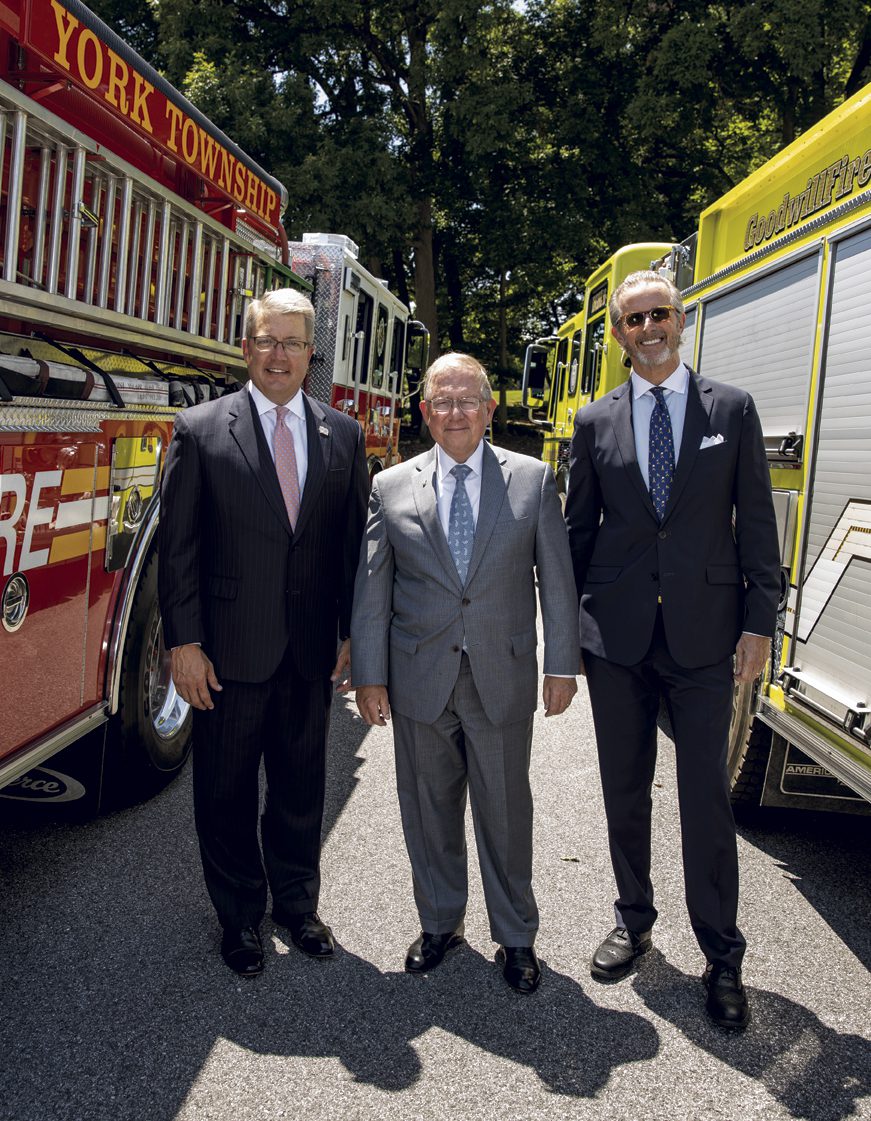
Solving a personal dilemma
It dawned on him that specialization would be a good way to grow the business. Then, in 1969, a transformative opportunity presented itself: “Art sold an accident and sickness program to a local fire department,” Campisi says, “and that’s where the specialization began.”
Program business did not exist back then, so Art was a pioneer. He found that coverage options for volunteer fire departments were limited and the products left room for improvement. “He was almost apologetic in presenting proposals,” Campisi notes. “But he promised departments one thing: He said, ‘If you work with me, I’ll do everything in my power to improve your insurance program for your members.’”
He developed a policy that was more responsive to fire service exposures and needs, and got a company to underwrite the product and let him market it exclusively throughout Pennsylvania. For the first few years, he worked in his agency during the day and then drove to a different volunteer fire department each evening—more than one department per night if he could arrange it—returning home at midnight or later.
Before long, Art had more clients than he felt he could service appropriately. “So, at renewal,” Campisi explains, “he approached the fire departments one by one, asking the name of their property/casualty agent and requesting permission to talk to that agent about handling his accident and sickness policy as part of the department’s overall insurance program.”
Departments agreed, and Art began meeting with their agents, explaining his relationship with the mutual client and asking if they’d take over the servicing of the accident and sickness business. The initial response, of course, was skepticism. The only thing Art asked was that, as long as he offered the program, the agent would renew the coverage with him. “They were all handshake deals,” Campisi notes. “No contracts, nothing in writing; he just turned over the file.
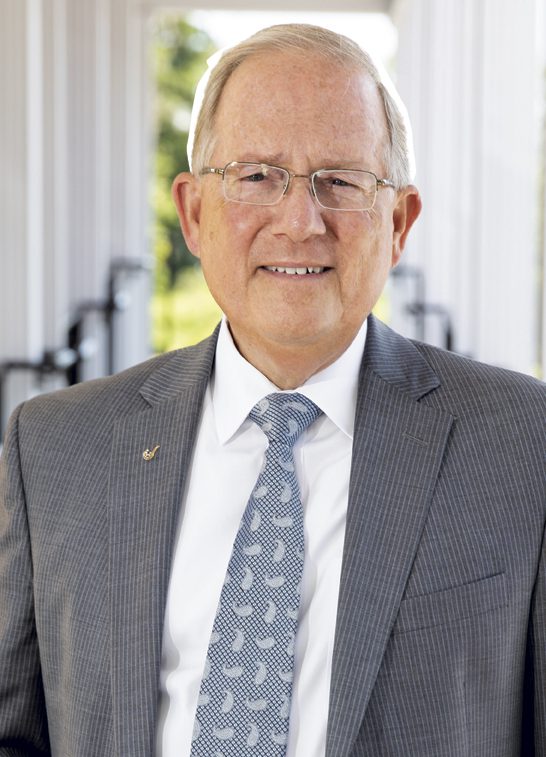
-Tony Campisi
President
Glatfelter Insurance Group
“In the process,” he adds, “he was accomplishing something significant: He was building a distribution system throughout Pennsylvania, so when he expanded his fire department offerings to include unique property and casualty coverages, he reached out to his network. Of course, agents knew they could trust him,” and they signed on with the new products.
Early on, the program began to cover fire trucks on an agreed-value basis. “That was unheard of at that time,” Campisi notes. “But Art understood the fire service business—that these are people who care deeply about their fire trucks …”—and he persuaded the carrier to offer the protection.
Half a century
Fast forward 50 years. As the company celebrates the program’s milestone anniversary, the operation “is number one in insuring emergency service organizations; we write about 50% of fire and emergency service organizations in the country,” Campisi notes. “It all started with one man with one accident and sickness policy and a desire to serve the insured’s best interest.” The strength of the independent agency system, of course, took the program nationwide.
Glatfelter Insurance Group is still based in York, where it’s had various locations since 1966, and continues to operate a thriving retail agency. In addition, Glatfelter Program Managers, under the leadership of Arthur Seifert, president, serves a handful of segments:
- Glatfelter Public Practice serves public entities, including water entities, municipalities, educational institutions and related organizations.
- Glatfelter Healthcare Practice serves hospices, home healthcare providers, and assisted living and skilled nursing facilities.
- Glatfelter Religious Practice serves religious organizations—churches, synagogues, temples, mosques and other houses of worship.
- Glatfelter Commercial Ambulance addresses the insurance and safety needs of commercial ambulance services in a number of states.
Wrapped around and serving all segments is Glatfelter Specialty Benefits, which provides coverage for group-sponsored activities and events. It offers accidental death and dismemberment, medical, and disability. Critical illness coverage is available for volunteer and career emergency service personnel. Other coverages offered include 24-hour accidental death, disability and in-hospital income, occupational accidental death, and student accident insurance including coverage for traveling students.

The fire and emergency services program—known now as VFIS—is the largest segment in the Glatfelter Program Managers family. Troy Markel, who leads the 50-year-old operation, says three things have driven program growth. “First is our unique distribution model, which we started in the 1970s,” he explains. “At that time, we appointed what we call regional directors—independent agents who are passionate about the fire and emergency business.” Often these individuals are volunteer firefighters themselves.
These 20 regional directors are contracted to run a specific territory—a state, multiple states, or part of a state, depending on population in the territory. “These individuals are well known in their state associations and have terrific communication with the fire and emergency services community,” Markel says.

Second is the important role VFIS places on risk management. “We have an entire department focused on education, training and consulting,” Markel explains. “VFIS provides educational risk control courses as part of the VFIS insurance program. Our largest course, which is approved by over 35 state organizations, is our driver training course.” The 16-hour offering is split between classroom learning and field practice.
“A big part of what we try to do is determine causes of loss and identify trends, and then we develop programs to lower the likelihood or magnitude of loss,” Markel notes. “We work to help our emergency clients better understand trends and devise ways to help them with training so they’re more cognizant of their risks and exposures.”
VFIS also has a risk control team that does site visits on certain risks. “They look at their operations, then share recommendations with underwriters,” Markel explains. “This helps us tailor what we deliver to them. For instance, if a department has had a number of intersection accidents, our proposal includes an offer to conduct on-site visits and present a driver training or intersection class. Things like that strengthen the program and improve everybody’s results.”
A third differentiator is how VFIS handles claims. “We have an incredible claim services team in house and a strong network of adjusters and contracted counsel across the country,” he says. Many claims adjusters and claims attorneys have worked with VFIS for years and have solid fire backgrounds. For instance, some adjusters and attorneys are affiliated with their local emergency service organizations and have significant experience in the fire and EMS industries. This knowledge base helps the entire VFIS claims team to work together to pay claims promptly.
“I think we provide the best value,” Markel adds. “We know our customers and offer coverage and services that really meet their needs. Our pricing has been stable, we have excellent paper, and our regional directors and our sales team help retail agents not only with their sales efforts but also with retention.” Going forward, he sees opportunities to continue building the program and to further support customers through, among other things, an enhanced website offering.
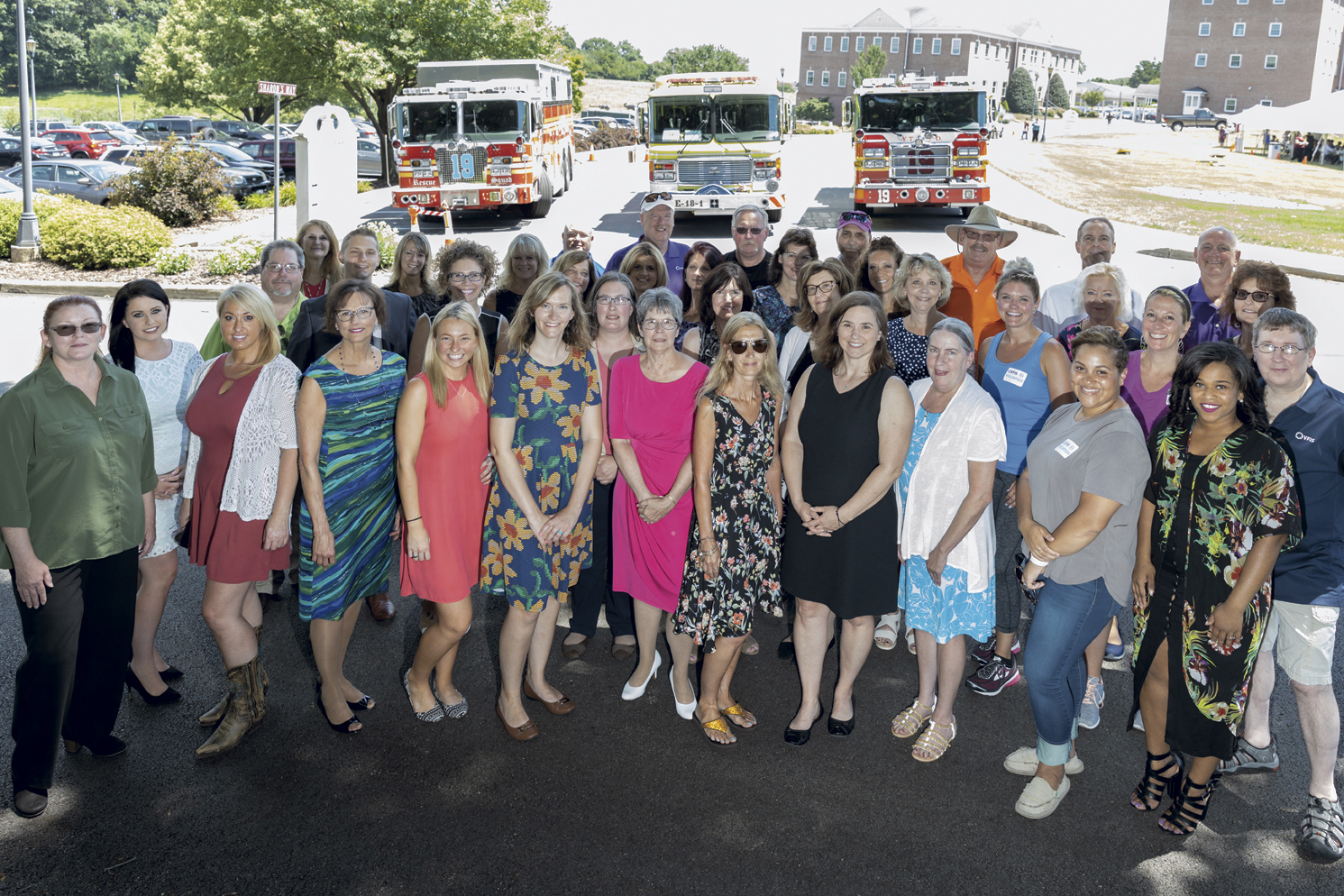
Going forward
In the 1980s, Art and his leadership team started talking about perpetuation for Glatfelter Insurance Group. “He wanted to figure out a way to perpetuate the ownership of the agency through all of his associates,” Campisi notes. “Art didn’t have employees; he had associates. That says a lot about how he viewed the team he worked with.” After some research, they opted to create an employee stock ownership program (ESOP).
In time, the agency became 100% employee owned. “Everyone here felt like an owner because they were,” Campisi recalls, “and everybody was benefiting from the growth of the company through their retirement plan accounts.” Successful ESOPs, however,have the challenge of repurchase liability.

“The agency’s tremendous success meant its value had grown immensely, and we decided 2018 would be when our ownership structure would change,” Campisi notes. “We needed to find the right partner if Glatfelter Insurance Group was to fulfill its legacy, to operate with our philosophy, to serve clients the way we always have.”
The process for finding that partner began early in 2018 and concluded in September with the announcement that AIG was acquiring the firm.
Campisi cites many good reasons for the alignment with AIG. “For one thing, it’s a company we were already doing business with; our accident and sickness program was moved to them in 1978, so we had a very successful 40-year relationship,” he notes.
“We knew them and they knew us, and there has always been mutual respect,” he adds. The Glatfelter team knew the new AIG leaders and were comfortable with the direction in which they were taking the company.
As part of its vetting process, Glatfelter leaders raised considerations for suitors that would help them decide which path to take. Specifically, Campisi relates “maintenance of the Glatfelter brand, the ability to act with appropriate autonomy, our commitment to charitable engagement, and the York community all were very important to us.”
Glatfelter Insurance Group leadership asked suitors about their comfort level with these considerations and got general agreement from almost every firm. “But nearly all had a caveat,” Campisi recalls. “Statements like, ‘We will strive to do this’ or ‘We will endeavor to … .’ What that means is, we’re going to change things, but we’re just not going to tell you right now.”
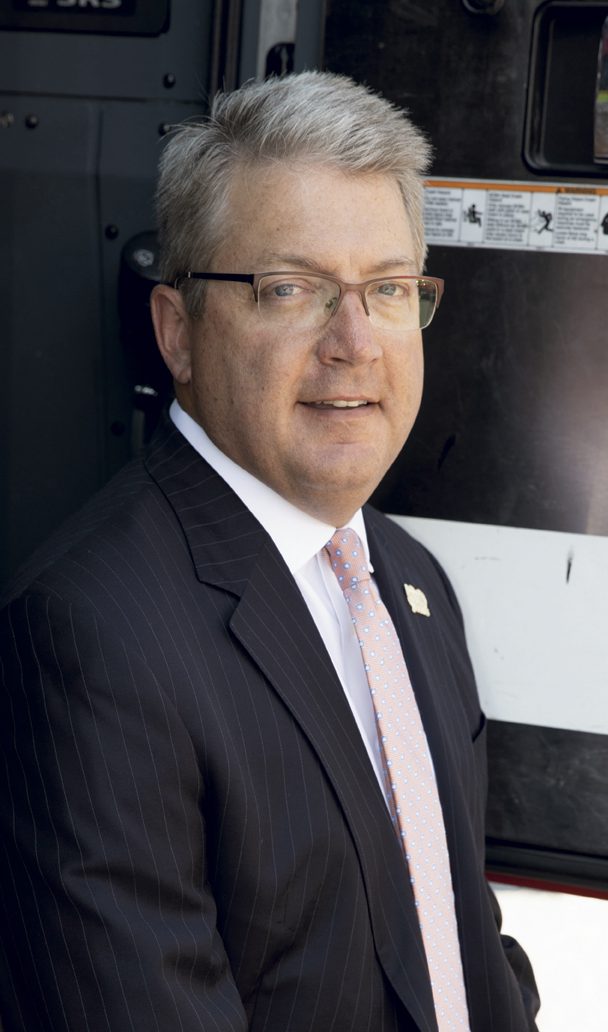
-Troy Markel
President
VFIS
One firm was different. “They were unequivocal,” he recalls. “That company was AIG.” The primary condition they imposed on Glatfelter was that the senior management team would stay on to run the operation.
“They have been wonderfully supportive of the Glatfelter Insurance Group from the start,” Campisi explains. “They said the last thing they wanted to do was change the recipe that makes us who we are. They’ve lived up to their promises, which we expected.”
What has been changing—according to plan—are certain back-room functions and processes. “We’ve been focused on work streams—integrating operations, procedures and systems where it makes sense,” he notes.
After that, expect to see a shift toward outward-facing opportunities. “Next year we’ll be looking more for synergies—identifying strengths each partner has that can help the other,” Campisi says, “whether it’s AIG bringing us in on innovation-lab type things or us providing a framework for them to expand their program business.
“There are so many opportunities,” he adds. “We have (in AIG) a partner with significant resources and a strong desire to see us grow our program business, and that’s very exciting. At the same time, we know our main focus needs to be on our customers and our current distribution relationships. We need to make sure we’re taking care of our existing relationships. Only then can we think about focusing our energies on new opportunities.”
For more information:
Glatfelter Insurance Group
www.glatfelters.com


